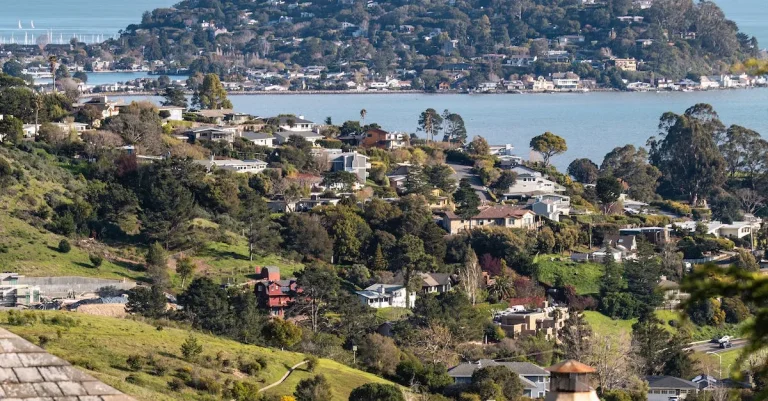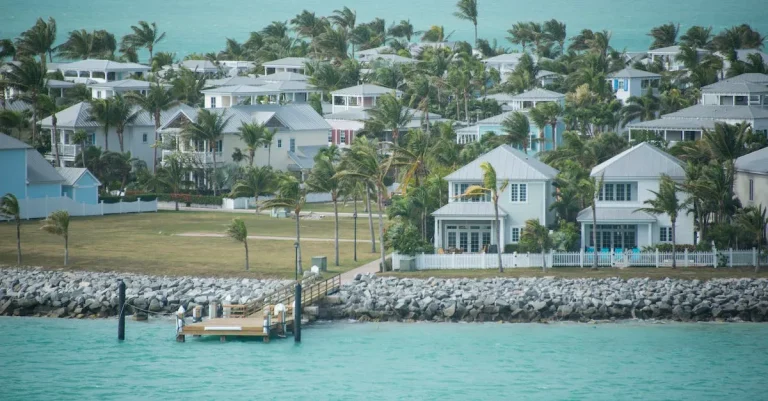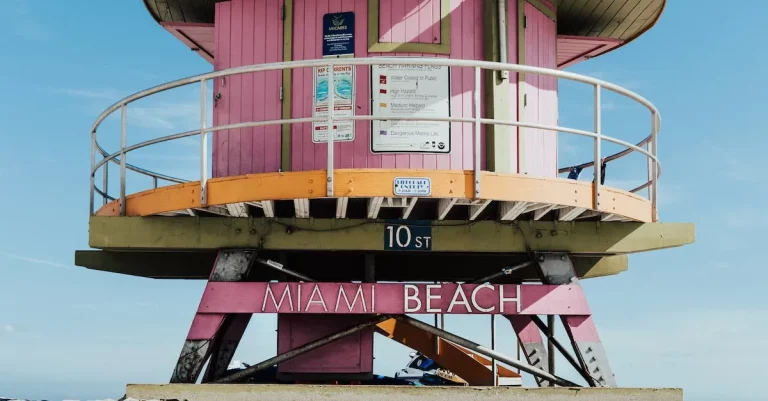Explained: The Time Difference Between Texas And Arizona
With Texas bordering Mexico and Arizona situated further west, it’s natural to wonder about the time difference between these two states. Whether you’re planning travel, coordinating meetings, or just curious, understanding the time zone boundary can be helpful.
If you’re short on time, here’s a quick answer to your question: Most of Texas is 1 hour ahead of most of Arizona. However, a small section of west Texas follows Mountain Time and matches Arizona’s time zone.
In this comprehensive guide, we’ll explain the time zones Texas and Arizona follow, when and why the time difference shifts by an hour or remains the same, and how to easily convert between Central and Mountain times for any Texas and Arizona cities.
Texas Time Zones and Cities
Central Time Zone
In Texas, the majority of the state operates on Central Time. This time zone is observed in cities such as Houston, Dallas, Austin, and San Antonio. Central Time is 6 hours behind Coordinated Universal Time (UTC-6:00). This means that when it is 12:00 PM in the Central Time Zone, it is 6:00 PM in UTC.
It is important to note that Texas is so large that it spans across two time zones, with the western part of the state falling into the Mountain Time Zone.
Mountain Time Zone
The western part of Texas, including cities like El Paso, observes the Mountain Time Zone. Mountain Time is 7 hours behind Coordinated Universal Time (UTC-7:00). This means that when it is 12:00 PM in the Mountain Time Zone, it is 7:00 PM in UTC.
It is worth mentioning that the only part of Texas that follows the Mountain Time Zone is a small portion in the westernmost area of the state.
Understanding the time difference between Texas and Arizona is essential for planning trips, scheduling meetings, or simply keeping in touch with friends and family in different time zones. Keep in mind that Texas and Arizona do not observe Daylight Saving Time at the same time, which further complicates the time difference during certain parts of the year.
To stay up to date with the current time in Texas and Arizona, you can refer to reliable sources such as the Time and Date website for accurate and up-to-date information.
Arizona Time Zone and Cities
Mountain Standard Time
Arizona is located in the Mountain Standard Time Zone (MST). MST is seven hours behind Coordinated Universal Time (UTC-7). It is important to note that Arizona does not observe Daylight Saving Time (DST), unlike most states in the United States.
Some of the major cities in Arizona that follow Mountain Standard Time include:
- Phoenix
- Tucson
- Mesa
- Chandler
- Glendale
Due to its location in the Mountain Standard Time Zone, Arizona’s time is different from other states, including its neighboring state, Texas. Texas, on the other hand, is primarily located in the Central Standard Time Zone (CST). Therefore, Texas is one hour ahead of Arizona during standard time.
It’s worth mentioning that some regions in Texas, like El Paso, observe Mountain Standard Time during DST. This means that for a portion of the year, El Paso’s time aligns with Arizona’s time. However, the majority of Texas follows Central Standard Time, so the time difference between Texas and Arizona is usually one hour.
| Time Zone | Arizona | Texas |
|---|---|---|
| MST (Standard Time) | UTC-7 | UTC-6 |
| MST (During DST) | UTC-7 | UTC-6 or UTC-7 (El Paso) |
For example, if it is 12:00 PM in Phoenix, Arizona, it would be 1:00 PM in cities like Houston, Dallas, or San Antonio, Texas. However, during Daylight Saving Time, when El Paso follows Mountain Standard Time, the time difference between El Paso and Phoenix would be zero.
Understanding the time difference between Texas and Arizona is important for various reasons, especially for individuals traveling between the two states or conducting business across state lines. It’s always a good idea to double-check the time difference and adjust your schedules accordingly to avoid any confusion or missed appointments.
When Texas and Arizona Match Up
El Paso, TX and Arizona
When it comes to the time difference between Texas and Arizona, one of the key factors to consider is the city of El Paso. Located in the westernmost tip of Texas, El Paso shares its border with the state of New Mexico and is just a stone’s throw away from Arizona.
As a result, El Paso often finds itself caught in a time conundrum between the two states.
While the majority of Texas follows Central Standard Time (CST), El Paso operates on Mountain Standard Time (MST), aligning itself with Arizona’s time zone. This means that when it’s 12:00 PM in El Paso, it’s also 12:00 PM in most parts of Arizona.
This unique situation can sometimes lead to confusion for travelers passing through the region or for residents who frequently cross state lines.
It’s worth noting that this time alignment between El Paso and Arizona is not consistent throughout the entire state of Texas. The rest of Texas, including cities like Dallas, Houston, and Austin, follows Central Standard Time, which is one hour ahead of Mountain Standard Time.
Daylight Saving Time
Another factor that affects the time difference between Texas and Arizona is Daylight Saving Time (DST). While most parts of the United States observe DST, Arizona stands out as an exception. The state of Arizona does not participate in Daylight Saving Time, meaning that it does not adjust its clocks forward or backward during the DST period.
This leads to an interesting scenario where, during the DST period, Texas is either one or two hours ahead of Arizona, depending on whether Texas is observing Central Daylight Time (CDT) or Mountain Daylight Time (MDT).
For example, when it’s 1:00 PM in Houston (CDT), it would also be 1:00 PM in Phoenix, Arizona (MST). However, when Texas switches to Central Standard Time (CST) during the non-DST period, the time difference between Texas and Arizona becomes consistent again.
It’s important to keep these time differences in mind when planning trips or scheduling calls between Texas and Arizona. Being aware of the unique time zones and their variations will help avoid any confusion and ensure smooth coordination.
For more information on time zones and the current time difference between Texas and Arizona, you can visit the official websites of the National Institute of Standards and Technology (www.nist.gov) or the U.S. Naval Observatory (www.usno.navy.mil).
Converting Between Central and Mountain Times
Subtracting 1 Hour
When it comes to converting between Central Time (CT) and Mountain Time (MT), one key factor to remember is the time difference of 1 hour. If you are in Texas, which follows Central Time, and want to know the equivalent time in Arizona, which follows Mountain Time, you will need to subtract 1 hour.
For example, if it is 12:00 PM in Texas, it would be 11:00 AM in Arizona. This means that if you are scheduling a call or planning an event between the two states, it’s important to keep this time difference in mind to avoid any confusion.
It’s worth noting that during daylight saving time, the time difference may vary due to the different observance of this practice in each state.
Adding 1 Hour
On the other hand, if you are in Arizona and need to convert from Mountain Time to Central Time, you will need to add 1 hour. This means that if it is 3:00 PM in Arizona, it would be 4:00 PM in Texas.
This time difference can affect various aspects of daily life, including work schedules, travel arrangements, and even watching live events or television shows that are broadcasted in different time zones.
It’s important to keep in mind that these time conversions are based on the general time zones and may vary slightly depending on the specific location within each state.
Conclusion
With the majority of Texas following Central Time and Arizona locked into Mountain Time, there is a one hour difference between most cities in these neighboring states. However, communities in far west Texas like El Paso align with Arizona time.
Understanding the time zone boundary and whether locations observe daylight saving time allows you to easily convert between cities and coordinate plans across the Texas-Arizona border.








